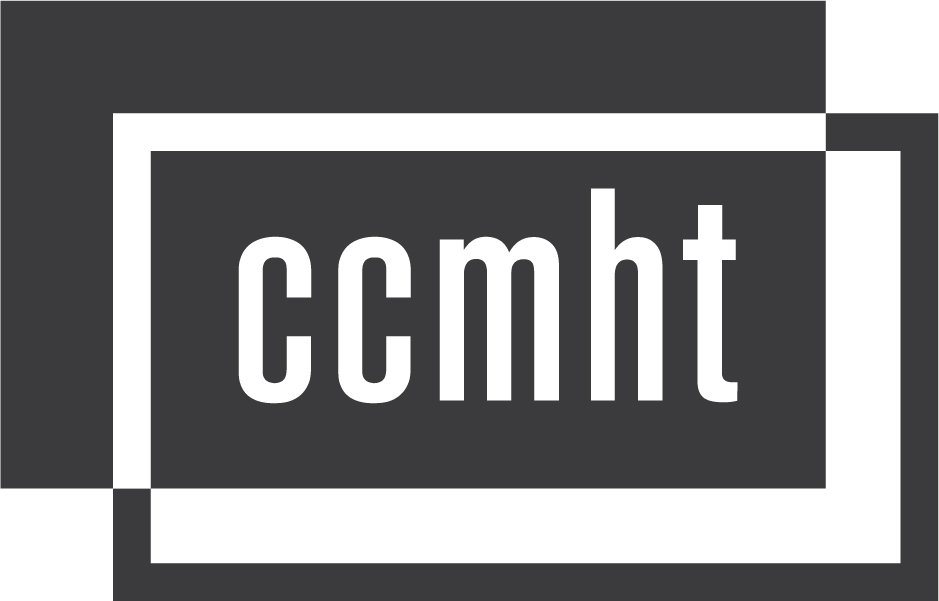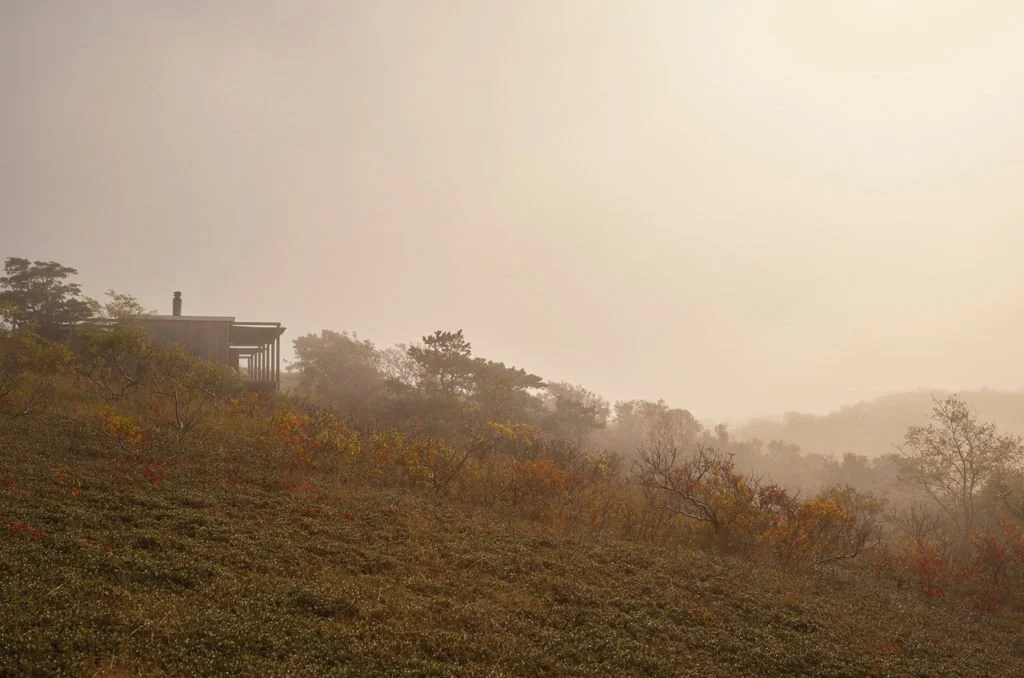News, updates and coming attractions:
Steven Holl visits, UN report written in Kugel Gips house, Kohlberg lease imminent, Upcoming Events…..
Kohlberg House work expected to begin in Oct.
Photo courtesy of Cape Cod National Seashore
Our efforts to lease and restore the Kohlberg House are proceeding and we hope to have the lease and begin work next month.
This will be the fourth historic modern house owned by the Cape Cod National Seashore that we will have restored. Once completed it will be made available for tours, as a location for our annual artist/scholar residencies and to supporters for weekly stays.
The house, which is now eligible for the National Registry of Historic Places, was the home of Lawrence Kohlberg, the prominent Harvard professor who pioneered a theory of the moral development of children, which is still taught to aspiring teachers today.
He did much of his writing in the house surrounded by many other prominent thinkers and academics who lived nearby in modern houses built around the same time.
The Kohlberg house was built in 1960 by Luther Crowell, a local design/builder who descended from a long line of Cape Cod ship captains such as Elkanah Crowell of Dennis.
The Kohlberg house has been vacant and exposed to the weather since around 2001, but it’s a fairly simple structure so we plan to have it completed by June 2019.
Open House - Hatch House
Saturday, September 29, from 11am to 5pm
309 Bound Brook Way, Wellfleet
Photo by Aaron Binaco
The Cape Cod Modern House Trust invites you to visit the restored Hatch House, created in 1961 by local modern designer Jack Hall.
In 2013, after the house was leased to the Trust by the National Park Service, it was fully restored and is now on the National Register of Historic Places. Sitting above Cape Cod Bay in the unspoiled National Seashore, this radical structure illustrates Hall’s interest in modular, pre-fab housing and an intimate engagement with the nature. The restoration was a collaboration between the Trust, the Cape Cod National Seashore, and the voters of Wellfleet who supported the project through Community Preservation Act funding.
The house also serves as a platform for the Trust’s artist/scholar residencies every spring and fall.
Free and open to the public.
Due to very limited parking, able-bodied visitors are asked to park on Bound Brook Island Rd., where paving ends in front of the Atwood Higgins House, and walk from there to the house. (about a 20 min. walk)
Please park on the left side (same side at the Atwood Higgins House) with the car facing downhill.
Those with mobility limitations can drive to the house and park.
Directions:
From Orleans, take Rte. 6 to the Wellfleet / Truro line, then take a left onto Pamet Point Rd. Go about 1.25 miles. At the end, bear left onto Old County Rd. (also known as Pole Dike rd.) Take first right on to Bound Brook Island Rd. At the top of the hill, where paving ends, park and continue on foot for about .5 miles. Take the first right onto Bound Brook Way. (there is a sign on an oar that say’s Mulligan and one that says Hatch)Walk about .5 miles (twisty dirt rd.) Look for Hatch sign on the left.
Note: Please do not visit the house on days other than the open house as it will be occupied.
If you have questions please email to
Lecture and Book Signing - Peter McMahon
Saturday, October 13, 1pm
Cape Cod Museum of Art, 60 Hope Lane, Dennis MA
Photo by Jack Hall courtesy of Hall/Williams family
CCMHT Founding Director Peter McMahon will be speaking at the Cape Cod Museum of Art and signing copies of his book, Cape Cod Modern (co-authored by Christine Cipriani).
For more info go to:
Steven Holl Visits
Architect Steven Holl visited for a tour in late August with his wife Dimitra Tsachrelia (who also teaches at Columbia Univ.) and their daughter, Io. We found some connections between the CCMHT and the experimental “Ex of In“ House they built in Rhinebeck NY (which can be rented for weekend holidays). Both models involve making architecturally ambitious small houses available for short stays in unspoiled natural settings.
For more info on the Ex of In House, go to:
Global Study for UN written at the Kugel Gips House
Graeme Simpson and his wife Claire Wright are friends of the Trust and annual visitors. In their native South Africa both were on the front lines of the anti-Apartheid struggle, as student activists. Later Graeme served as an advisor to the Truth and Reconciliation Commission, during the country’s first democratic government under Nelson Mandela. In 2017 He was appointed by the UN Secretary General as the lead author of an effort to “research and document the contribution of young people to building peace and preventing conflict around the world, at a time when most young people are regarded as threatening, or as being at risk of joining violent extremist groups. But the vast majority of young people are, of course, peace-loving.”
Since he needed a quiet place to write the final study with his two colleagues, we offered the off-season Kugel Gips house.
See his description of the week below.
(UN Report)
by Graeme Simpson
In early November 2017, I spent a week at Kugel/Gips with two junior consultants from the UN: Gabrielle John - a young Canadian woman and Ali Altiok, a young Turkish man. They were both hired as part of the Secretariat established by the UN to support the research and writing of a global study on youth, peace and security. This study was mandated by the UN Security Council under Resolution 2250, and I was appointed by the UN Secretary General as the Lead Author of the Study. Our job was to research and document the contribution of young people to building peace and preventing conflict around the world, at a time when most young people are regarded as threatening, or as being at risk of joining violent extremist groups. But the vast majority of young people are, of course, peace-loving.
The week at Kugel/Gips came on the heels of seven regional consultations with young women and men across the globe. It took place as more than 280 focus group discussions were being undertaken with "hard to reach" young people, who would not normally have a voice in these multi-lateral global policy processes. It was in that week, that we began to process and take stock of all we had been hearing, and to begin to craft the framework and content of our study. It was a week of intense reading and writing... but mostly it was the venue for reflecting on and capturing the voices and aspirations of young people - from indigenous young women in rural Guatemala, to former combatants in Somalia, second generation migrant youth in the neighborhoods of Stockholm, or young gang members in New York. From the South Side of Chicago to South Sudan, we carried their thoughts and aspirations with us to the tranquil, reflective space of a gorgeous house in the woods, on a pond, in Cape Cod.
I had only ever been to Kugel/Gips in the summer. The light was different and seemed softer. The quiet of Wellfleet out of season made us feel completely insulated by the trees. From outside in the low light of late afternoon, the house seemed to give off a warm glow. Each night we lubricated our discussions with red wine, or hot cocoa, and a log fire.
Nothing could have been more peaceful. No window on the world more reflective than that space. It was a truly formative time in the drafting of a document which was intended to capture and reveal the voices of young people from far away. In many respects, the work we did that week was the foundation of the report that was finally written and presented to the UN Security Council in New York City five months later, on April 23 2018.
Live webcast of my briefing of the UN Security Council:
My presentation starts at approximately minute 19...







